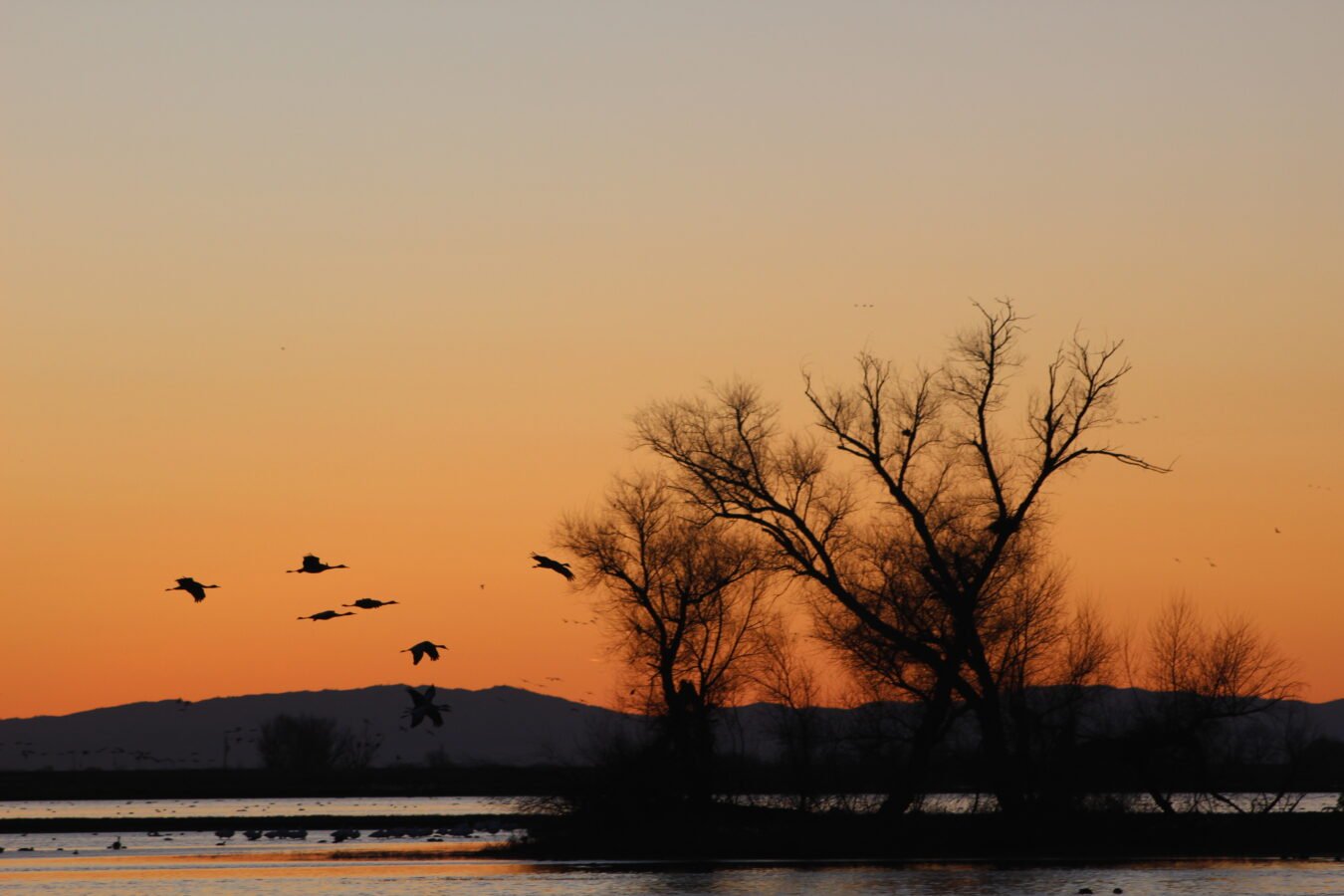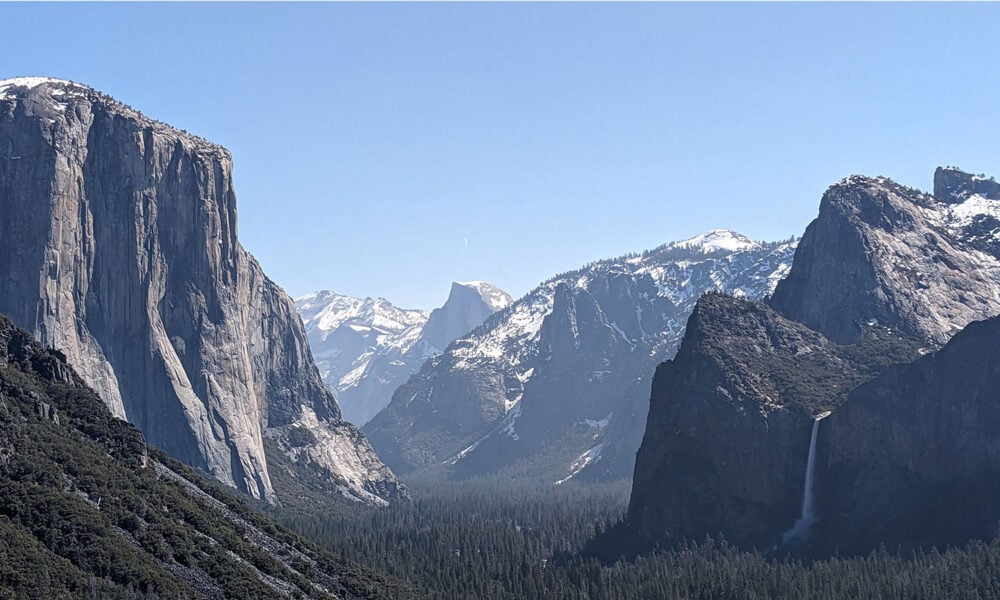Proposition 4 is a critical water and wildfire bond for California, and all Californians should understand it well to make an informed decision in the November elections. However, there are many people who don’t know about it yet.
That’s why, when Radio Bilingüe invited me to talk about the facts surrounding Prop 4, I felt it was a good opportunity to provide Californians, especially Spanish speaking residents of the Central Valley, with information they often don’t receive.
Chelis López and her Línea Abierta team are fantastic and a reliable source of independent, high-quality information. Chelis asks excellent questions, and I admit I study before her interviews.
If you understand Spanish, you can listen to my interview (about 35 minutes long) online: Proposición 4 de California. This blog post is based on Chelis’ questions and the notes I took to prepare for our conversation.
What is Proposition 4 and how does it fit in California’s Climate Context?
In today’s climate crisis, California is facing unprecedented challenges that affect our infrastructure, natural resources, and communities, especially those already suffering from inequality and underinvestment. California has a Mediterranean climate, which, like other parts of the world, is becoming more extreme: wildfires, unbearable heat waves, and water shortages are just a few of the recurring problems that have worsened due to climate change.
Proposition 4 seeks to address these problems through a bond that would fund water and wildfire resilience and environmental justice projects.
Extreme heat waves have become more frequent and dangerous. This year alone, about 1% of California’s land area has already burned, costing billions of dollars from our state budget. Here in Merced, where I live, July felt like a hammer pounding us with temperatures above 104°F (40°C) day after day after day for about 6 or 7 weeks. As my friend Tom who has lived in Merced for 25 years says, “When I moved here, a couple of weeks in the summer were unbearable; now there are only a couple of weeks in the summer that are bearable.” This reflects the consequences of climate change.
Extreme heat puts people at risk and burdens disadvantaged communities that often lack the infrastructure for climate resilience. This is where Proposition 4 comes into play: a bond aimed at funding infrastructure to mitigate the effects of climate change in California, with a focus on the most vulnerable communities.
Proposition 4: from response to prevention
As the saying goes, “an ounce of prevention is worth a pound of cure.”
And that’s exactly what Proposition 4 aims to do: preventing environmental disasters rather than responding to them. Currently, the state spends enormous amounts of money on fires and floods after they occur, which is much more expensive than prevention. Proposition 4 seeks to change this dynamic by investing in resilient infrastructure that better prepares California, thus reducing both damage and long-term costs.
The bond provides $10 billion in funds that will help prevent wildfires, guarantee access to clean water, and protect forests, coasts, and ecosystems. Disadvantaged communities have specific advantages, including 40% of the bond that should be invested in meaningful benefits for these communities.
Water insecurity in the Central Valley and Proposition 4
One of California’s most pressing problems is the lack of access to safe water, which disproportionately affects rural and disadvantaged communities. Proposition 4 would allocate almost $3.8 billion for water-related projects, including $1.9 billion allocated for improving water security. Unlike previous initiatives that focused more on surface water (like building dams), this proposal emphasizes groundwater management, the main source of drinking water for 85% of Californians.
Funded projects would depend on the location and the nature of the need.
In places like the city of San Joaquin in Fresno County, the tap water sometimes comes out black due to high concentrations of manganese reacting with the disinfection system. Proposition 4 could help fund the water provider to filter those impurities. In places like Livingston in Merced County, where the water is contaminated with an extremely toxic byproduct of a now-banned pesticide (123-TCP), the best solution would be to create new wells or install an activated carbon filtration system. Proposition 4 provides additional funding specifically for communities like these to have safe and clean water.
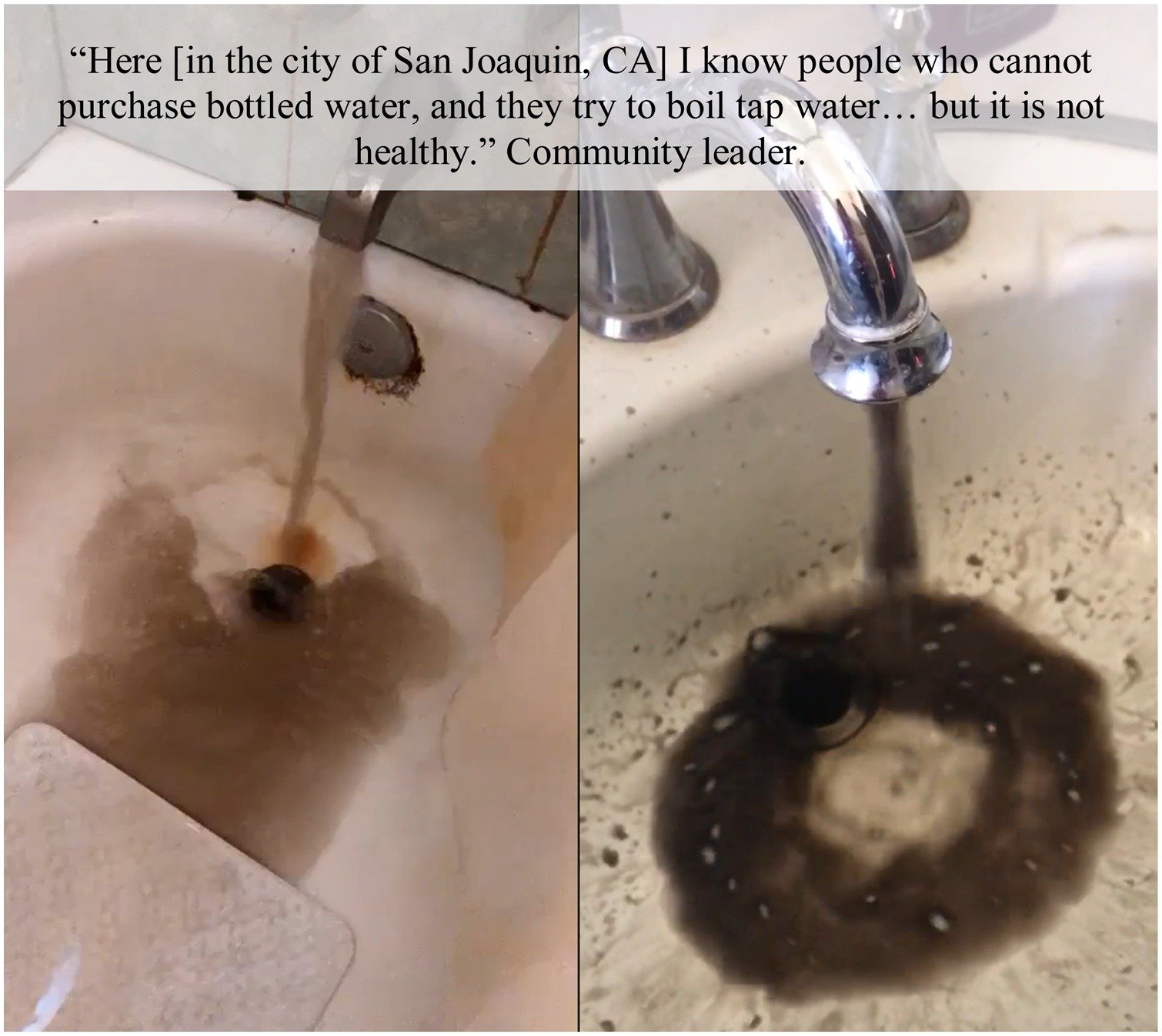
Flood prevention and drought protection
The funds from Prop 4 could finance aquifer recharge. This is a key technique to ensure water naturally filters into the ground, refilling underground wells and ensuring a sustainable supply of clean water for the future, especially in dry years. This would help prevent community wells, domestic wells, and small farmers’ wells from drying up.
California’s Central Valley is one of the most important agricultural regions in the world but is highly vulnerable to climate change. Rural communities in this region are already experiencing the devastating impact of heat waves, drought, and floods. The 2023 floods in Planada and other nearby areas are a clear example of how a lack of climate resilience and inadequate disaster-mitigation infrastructure is affecting these communities. Proposition 4 could provide funding to restore floodplains, which allow water to naturally seep into the ground, reducing the risk of floods in streams that overflowed near Planada.
Funds from Prop 4 could also finance the creation of parks and green spaces in flood-prone areas, providing multiple benefits: flood protection, improved air quality, reduced urban heat islands, and recreational spaces for the community.
When Planada flooded, my neighborhood also flooded. However, it didn’t affect us because we have a park built below street level. When it rains a lot, instead of flooding our homes, the park floods and collects storm water. I’ve seen it flood several times in the last couple of years. California needs more green infrastructure like this to help mitigate and adapt to changing flood conditions.
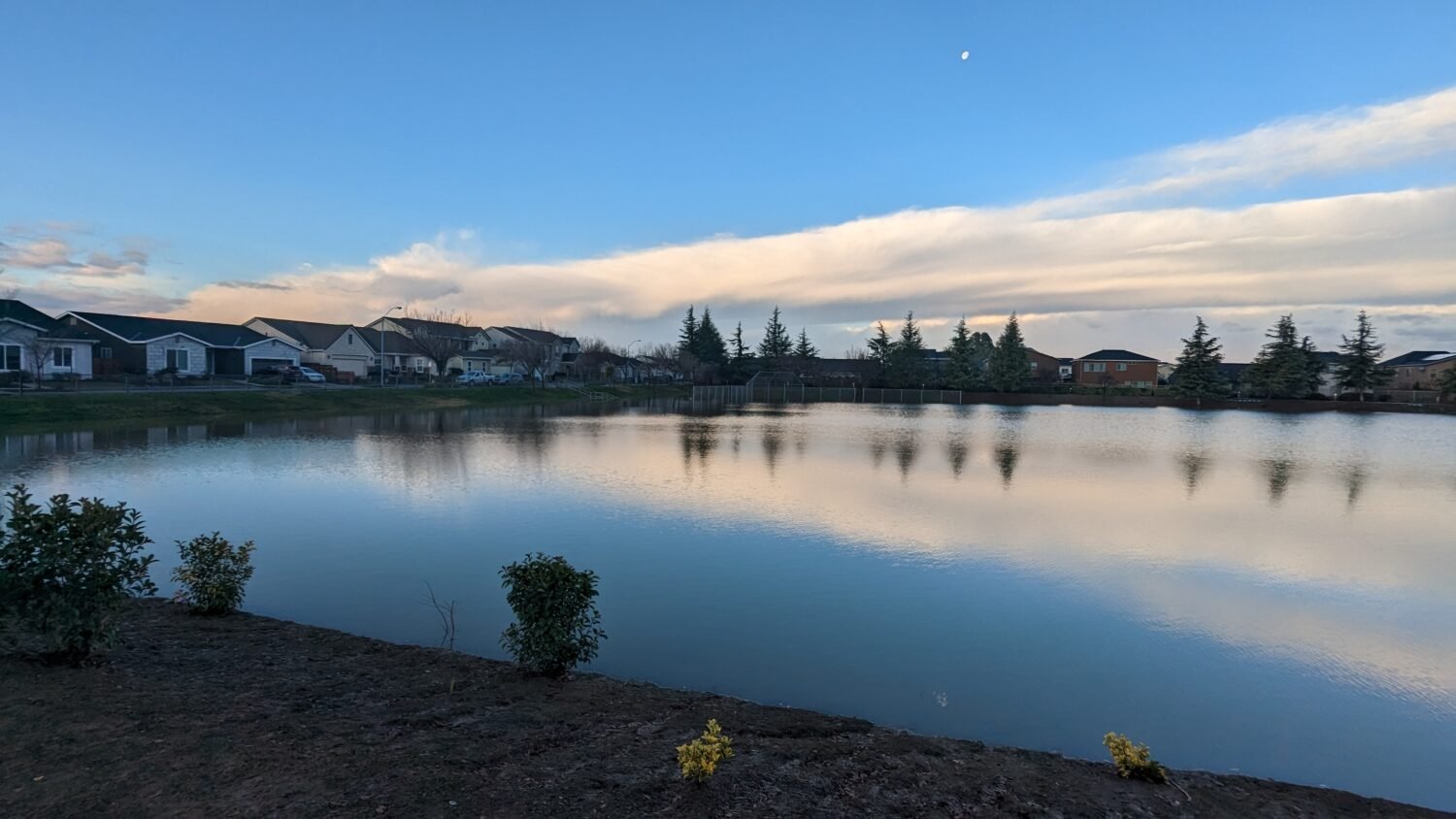
Wildfire prevention and new technologies
Wildfire destruction prevention is another key component of Proposition 4, which includes $1.5 billion for wildfires and forest resilience. The bond plans to invest in proven scientific technologies, such as infrared cameras and drones to detect hotspots, as well as supporting forest management and cultural burning programs to reduce the fuel that feeds fires. These technologies and strategies need more funding to be implemented on a larger scale.
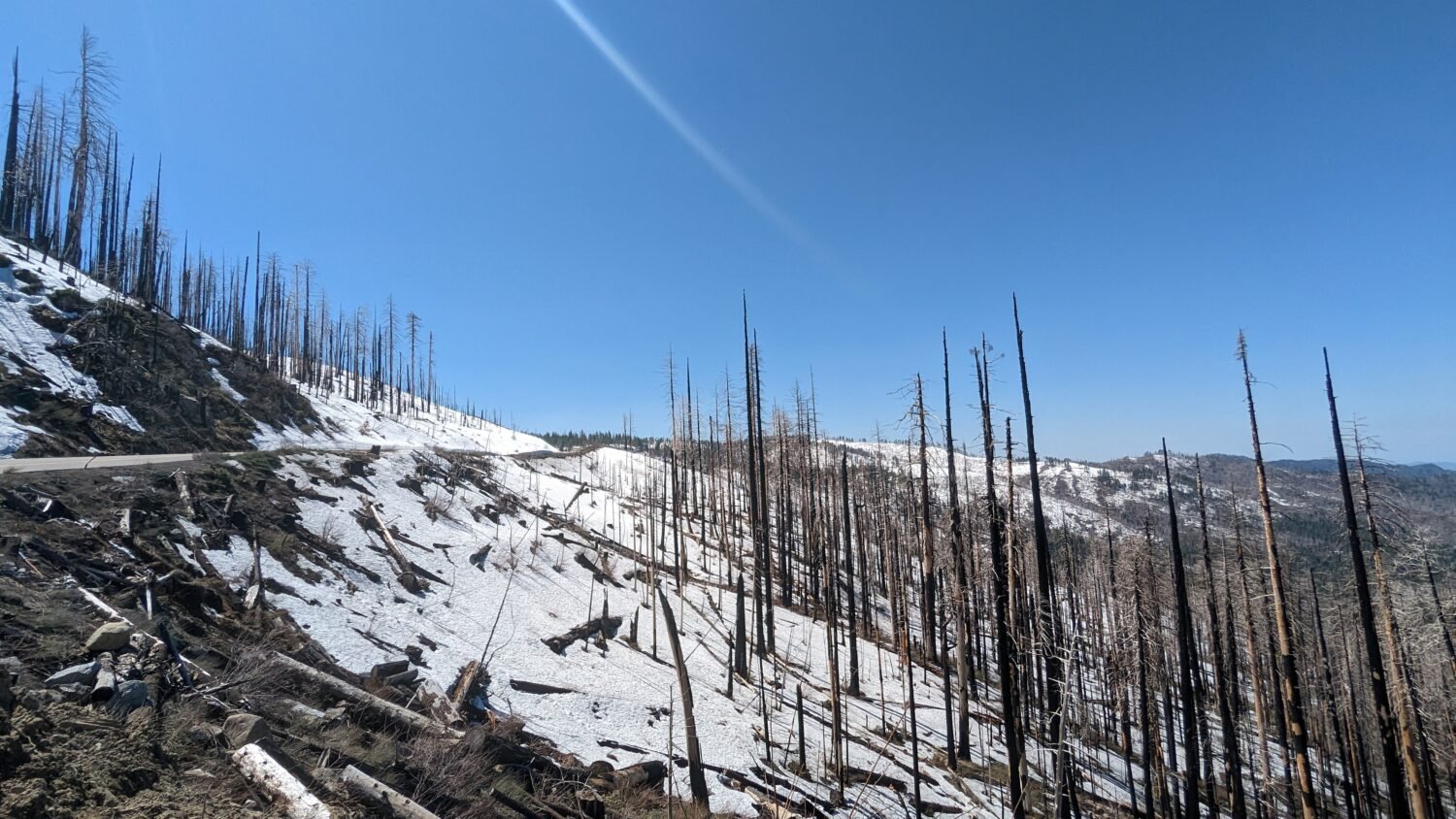
Although the Central Valley doesn’t directly experience wildfires, the region’s communities suffer indirectly from air pollution caused by smoke from fires elsewhere in the state. Reducing the incidence of severe wildfires would indirectly benefit people in the Central Valley by improving air quality. Additionally, Prop 4 would fund the creation of critical resilience centers in vulnerable communities where people could take refuge during extreme heat, wildfires, or severe air pollution.
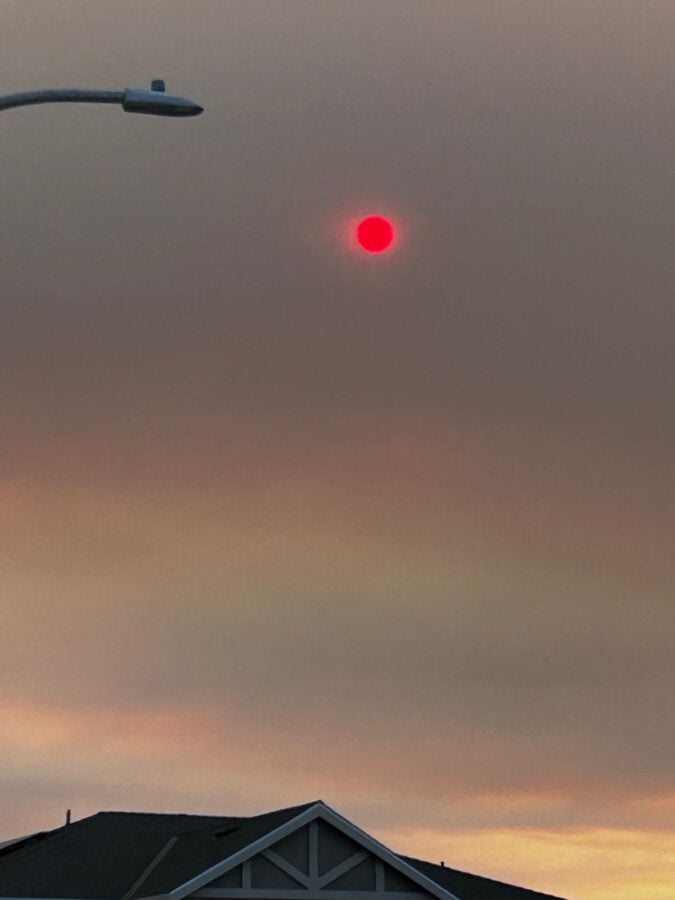
The consequences of inaction
California’s 4th Climate Change Assessment estimates that, if no action is taken, the impacts of climate change could cost California up to $113 billion a year in the coming decades. Also, a study for the Federal Emergency Management Agency (FEMA) suggests that every $1 invested in climate resilience for building saves us $6 in disaster response costs. And another study suggests that investing floodplain restoration is at least five times cheaper than the disaster relief afterward.
Beyond economic costs, climate change also takes a heavy toll on human lives. Heatwaves, floods, and wildfires are already killing people in California, and without decisive action, these extreme events will only become more frequent and deadly.
As I write this blog, Helene has become the third deadliest Hurricane in this century in the US after Maria hit my beloved Puerto Rico in 2017 killing 3,000 people and Katrina in 2005 killed 1,200. At least 50% of Helene’s record-breaking precipitation can be attributed to human-caused climate change.
Why $10 billion, and how much will it cost?
In 2022, Governor Gavin Newsom and the Legislature approved a $54.3 billion spending package to prepare for and protect against the effects of climate change, which was later reduced to $44.6 billion due to budget cuts. This led to the cancellation of many programs that communities rely on to provide essential resilience funding.
Proposition 4 would cover the $10 billion funding gap needed to complete many of the already planned projects. The bond also has the advantage of giving greater stability to certain government programs, ensuring that funds are distributed evenly when they are most needed.
The fiscal analysis indicates that the bond will cost $400 million per year, roughly $10 per person annually. This means the interest rate is approximately 1.2% (about five times cheaper than a mortgage). However, the most important aspect is that the costs of climate disasters will not be primarily borne by the victims, but rather, everyone will invest in reducing the impacts of these disasters or preventing them from occurring altogether.
A vote for the future
Proposition 4 represents a crucial investment in California’s future. By focusing on disaster prevention and improving the resilience of the most vulnerable communities, this bond has the potential to protect both people and the environment while saving billions of dollars in future costs. The longer we wait to act, the more expensive it will be to repair the damage caused by climate change.
At a time when the effects of climate change are already being felt, Proposition 4 offers an opportunity to build a more equitable and secure future for all Californians.
That’s why it is extremely important for everyone to get informed about the facts and be protected from disinformation, so they can freely vote to decide what’s best for us all.
You can access more information about the proposition in these links:
- California voter guide (summary)
- Legislative Analyst Office (some level of detail)
- Cal Matters (some level of detail)
- Who is endorsing Prop 4 and other outreach information, including for the Central Valley
